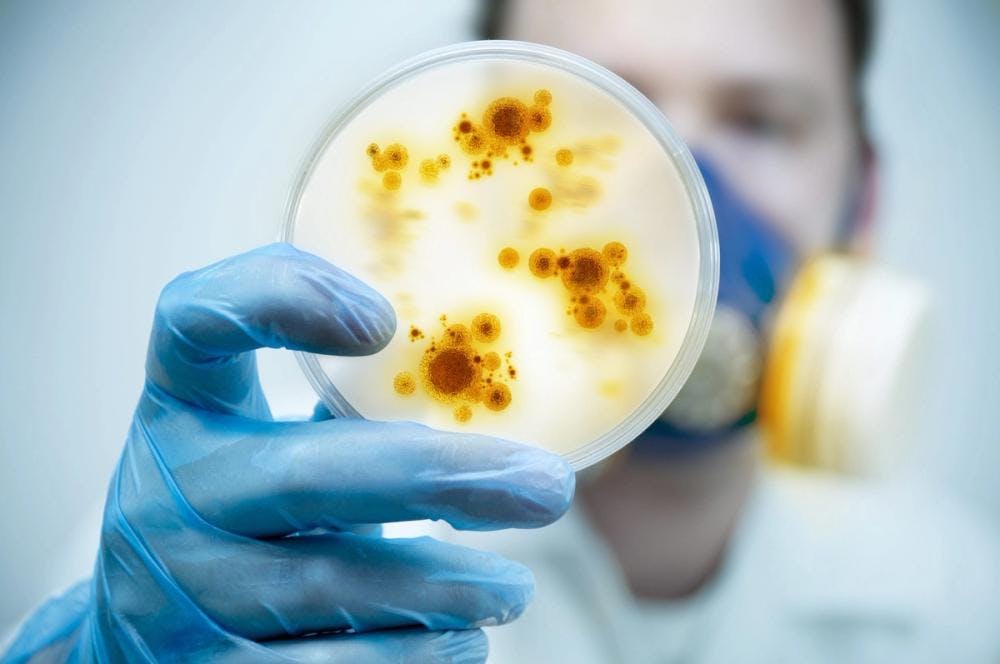Nosocomial Infection: Everything You Need To Know About This Potentially Deadly Condition

Nosocomial infections, also called hospital-acquired infections (HAIs), are infections that patients get while they're in the hospital. They can be caused by many different types of germs, such as bacteria, viruses, and fungi. HAIs can occur in any type of hospital, but are most common in intensive care units (ICUs) and surgery wards.
The good news is that nosocomial infections are preventable. The Centers for Disease Control and Prevention (CDC) has a number.
Nosocomial infections, also known as hospital-acquired infections, are infections that patients acquire while receiving treatment in a hospital setting. They can range from relatively minor and easily treated infections, such as a urinary tract infection, to life-threatening conditions such as sepsis. According to the Centers for Disease Control and Prevention (CDC), nosocomial infections account for an estimated 1.7 million infections and 99,000 deaths in the United States each year. This makes them one of the leading causes of death in the country.
Nosocomial infections are caused by bacteria, viruses, or other organisms that are acquired in a healthcare setting. They can cause serious illness and even death in some cases. In the United States, an estimated 1 million nosocomial infections occur each year, resulting in about 100,000 deaths. There are many different types of nosocomial infections, and they can be spread in a variety of ways. Some of the most common nosocomial infections include urinary tract infections, pneumonia, and bloodstream infections.
Nosocomial pneumonia is a type of pneumonia that is acquired in a hospital setting. It is caused by bacteria, and is the leading cause of death from hospital-acquired infections. Symptoms include fever, chest pain, and difficulty breathing. Treatment includes antibiotics and, in severe cases, surgery. Prevention includes good hand hygiene and prompt treatment of any bacterial infections.
Nosocomial infections, also known as hospital-acquired infections, are infections that patients acquire while receiving treatment in a hospital or other healthcare setting. The Centers for Disease Control and Prevention (CDC) reports that about one in 25 patients in U.S. hospitals will acquire a nosocomial infection. These infections can cause serious illness and even death in some cases. In fact, the CDC estimates that nosocomial infections account for nearly 100,000 deaths each year in the United States.

